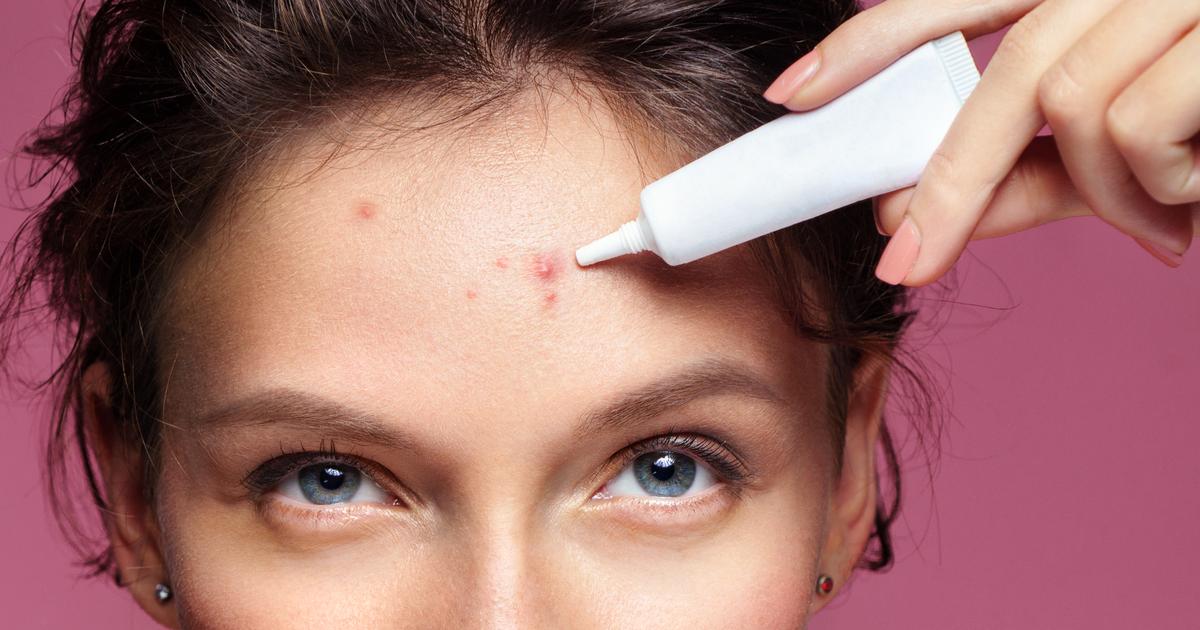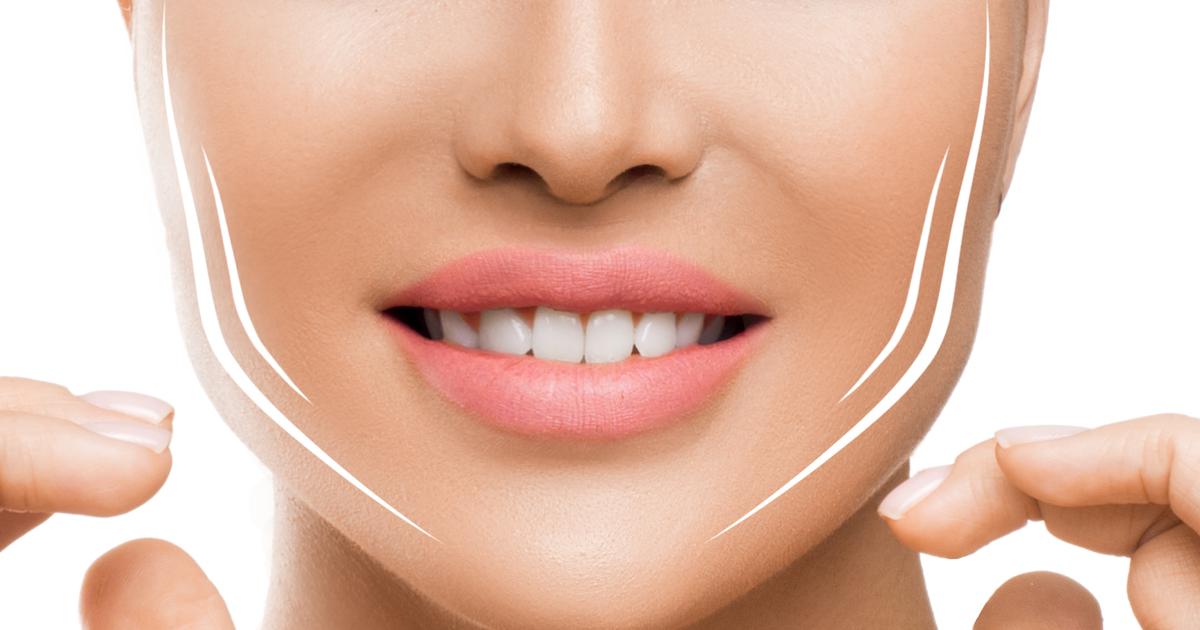How Exfoliation Boosts Skin Health
Exfoliation is a process that removes dry, dead skin cells from the surface of the skin. It can be performed with mechanical devices or with the use of chemical products. Many individuals choose to make exfoliation part of their weekly at-home beauty routine, and exfoliation can also be performed by dermatologists with the use of in-office chemical peels and microdermabrasion. To avoid skin damage, experts suggest patients exfoliate only once or twice per week.
Ideally, patients with sensitive skin should use products specifically formulated for their skin type, and this is especially important when exfoliating the face. Depending on the exfoliation method and the strength of the chemicals involved, skin redness or peeling may occur shortly after the exfoliation. Patients can consult with a dermatologist about the safest exfoliation methods and products for their skin type, and any skin changes or concerns should be reported to a healthcare professional.
Unclogs Pores And Prevents Acne

Exfoliation unclogs pores and prevents acne by removing dead skin cells. If not removed, dead skin cells can cause pores to become blocked. A blocked pore will appear larger than an unblocked pore, and pore blockages contribute to the development of both blackheads and whiteheads. When exfoliating for acne prevention, experts recommend following up with a light moisturizer to prevent skin dryness. It is also important to exfoliate no more than twice a week. Facial scrubs specifically formulated for acne prevention and treatment are ideal for exfoliation, and patients may want to experiment with different ingredients to see which product works best for their needs.
An acne breakout can sometimes leave dark, discolored marks on the skin, and exfoliation typically helps remove this discoloration as well. If acne breakouts do not improve after regular exfoliation and use of over-the-counter products, patients could consider seeking help from a dermatologist, who can provide stronger exfoliation and medication that helps clear the skin.
Evens Out Skin Tone

Some individuals have areas of skin that are naturally redder, rougher, or drier than other areas, and these differences in skin tone and texture are often especially noticeable on the face. Exfoliation evens out skin tone by washing away the oldest layer of dead skin cells, and this can make skin smoother. The appearance of fine lines and wrinkles can also be minimized with exfoliation, and the skin will feel softer. Patients who are looking to exfoliate for an even skin tone could consider light chemical peels or microdermabrasion.
A licensed esthetician or dermatologist can help with finding the most appropriate exfoliation technique, and exfoliation may be combined with laser treatment in some cases. To maximize the evenness of skin tone, patients are encouraged to moisturize regularly. Applying serums and other skincare products after exfoliation will increase the effectiveness of these products. In particular, patients who use sunless tanning products are encouraged to exfoliate before applying these so an even product application can be achieved.
Boost Circulation

Exfoliation helps boost circulation, which can give the skin a natural, rosy glow. The increased circulation that occurs after exfoliation temporarily plumps the skin, and this may reduce the appearance of cellulite and help the skin look more youthful. Generally, mechanical exfoliation provides the most benefit in terms of a circulation boost. Patients might want to try dry brushing for this purpose, and several electronic devices are available for automatic mechanical exfoliation. To maximize the circulation boost associated with exfoliation, most beauty therapists combine mechanical exfoliation with chemicals and naturally abrasive substances such as sea salt, vitamin C, and berry extracts.
When using an exfoliating product for circulation benefits, it is important to avoid those with small plastic beads. In fact, these have now been banned in the United States. Patients should always be mindful of potential signs of poor circulation, including cold hands and feet, swelling of the feet, and muscle cramps. If these are present, it is unlikely that exfoliation will be able to boost circulation as much as the patient needs, and a physician should be consulted.
Increases Cell Turnover

Exfoliation increases cell turnover, a process in which skin cells reach maturity and rise to the skin layer known as the stratum corneum. Once the new skin cells arrive at this layer of the skin, they push older skin cells out of the way, replacing them. Regular cell turnover keeps the skin looking fresh, soft, and youthful. To encourage maximum cell turnover, experts advise patients to exfoliate gently for a longer period. This is more effective than roughly scrubbing the skin for a brief period.
If the skin is in good condition and has been regularly exfoliated, patients can promote healthy cell turnover by gently massaging a cleanser or exfoliating serum around all areas of the face for thirty seconds. Patients whose skin needs more attention are advised to exfoliate with a gentle massaging technique for up to ninety seconds. Continuing for longer than ninety seconds could be irritating for the skin. In conjunction with exfoliation, skin cell turnover can be accelerated through the use of skincare products derived from vitamin A (retinol or retinoids).
Promotes Lymphatic Drainage

Exfoliation promotes lymphatic drainage, and this can be especially beneficial for individuals with certain medical conditions. The lymphatic system circulates lymph, a clear fluid containing white blood cells, throughout the body. This fluid drains through the lymphatic system and into the bloodstream. The lymphatic system lacks a pump, so lymphatic drainage requires physical exercise and physical manipulation to drain properly. If proper drainage of lymph is disrupted, the lymph nodes may swell. To encourage lymphatic drainage with exfoliation, experts recommend dry brushing. Patients who have cardiovascular conditions should ensure they are very gentle when performing dry brushing for lymphatic drainage, and these practices should not be performed if fever is present.
Facial dry brushing should be performed in the morning. The brush should be lightly stroked across the neck, jawline, and forehead; these are the locations of the lymph nodes. If redness occurs, patients should use a lighter touch. Since swollen lymph nodes and other lymphatic issues could be a sign of an underlying medical condition, individuals who notice any swelling or signs of poor lymphatic drainage should be evaluated by a physician before using at-home methods for lymphatic drainage.
